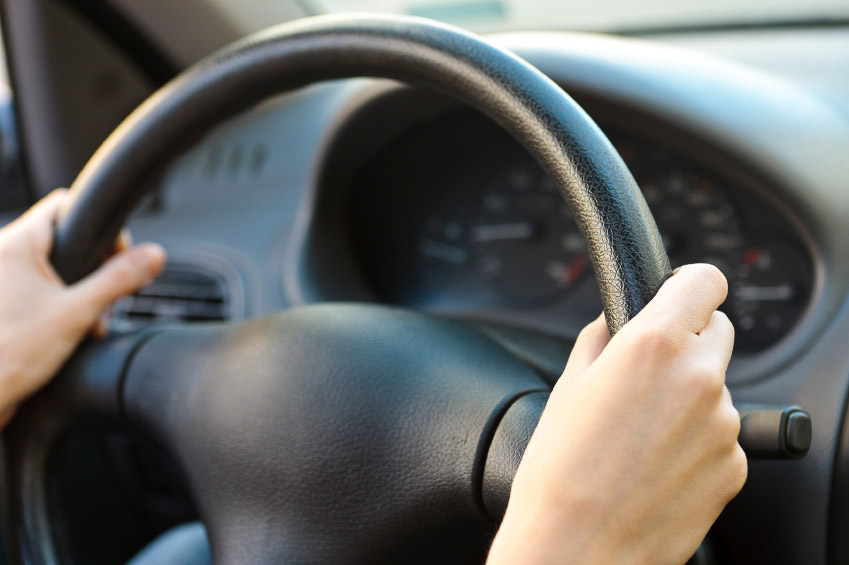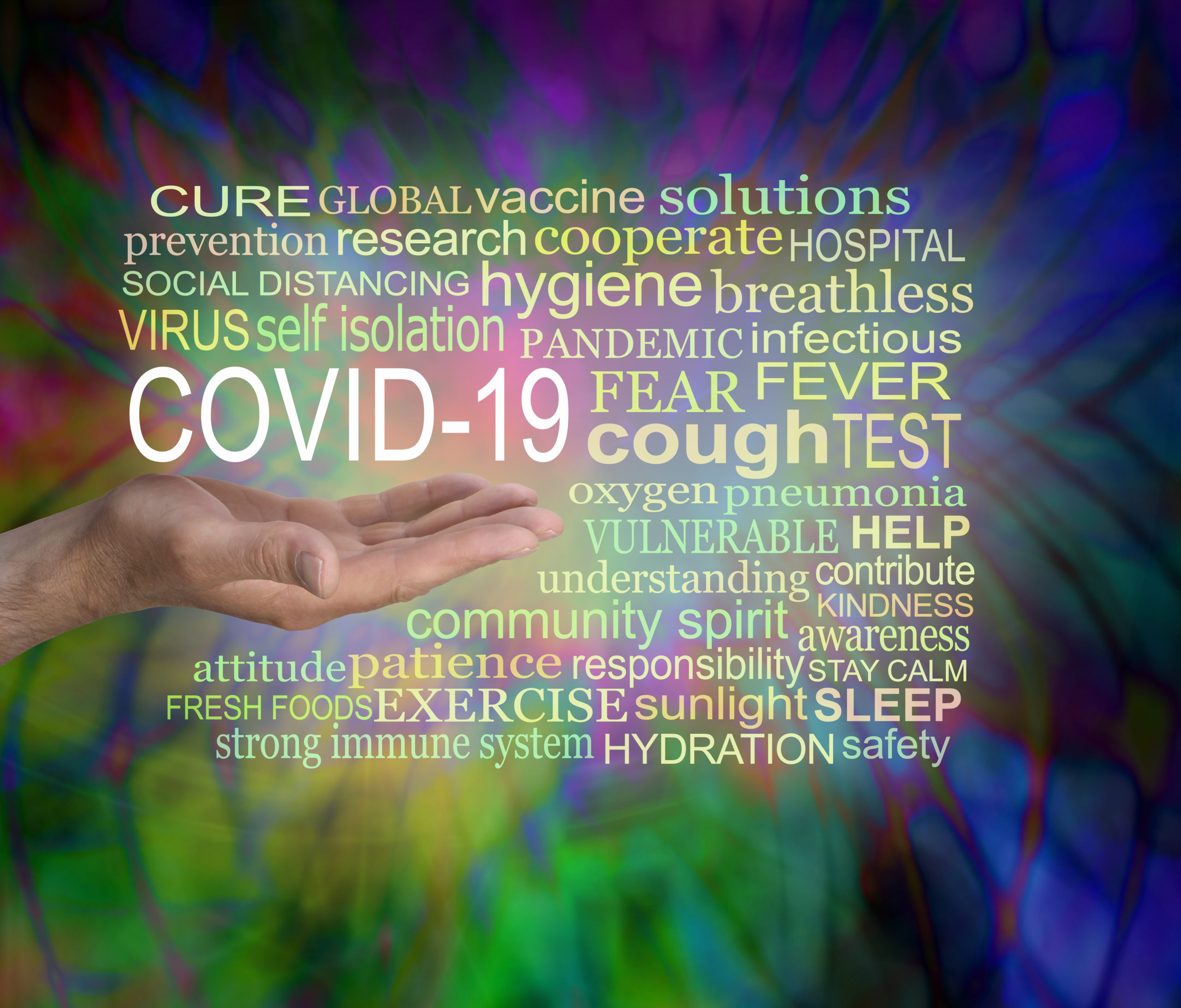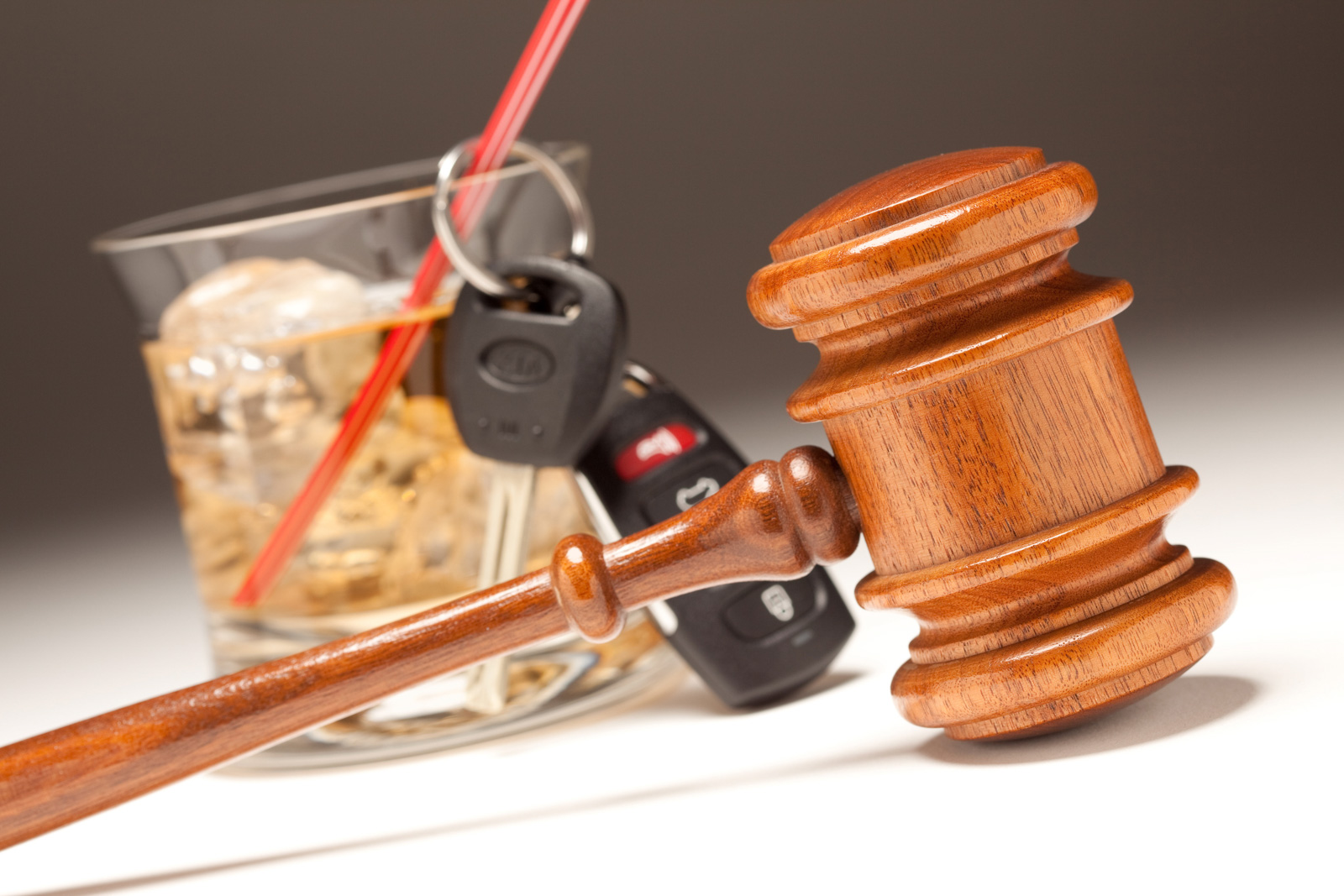These driving tips, sent my way by Sarah Robinson, an engineer and Michelin test-track driver, were focused on teenage drivers and safety. They’re a great refresher course for adults, too. With a teenager in the car, I often think he’s a short time away from driving himself, so I need to be even more aware of the example I set behind the wheel.
Too quickly, many cars become restaurants, offices, and make-up stations, not to mention a virtual telephone center. Safety is so important, and these are some great reminders to stay focused on the #1 job: driving safely without distraction.
Each year, the days between Memorial Day and Labor Day are the deadliest 100 days for teen drivers and their passengers, according to the American Automobile Association. To minimize this risk, parents should learn the facts and teach their children how to drive safely.
Robinson teaches teens safe-driving skills and offers parents tips on maintaining a safe vehicle.
Driving Tips
- Parents’ role: Parents can play a significant role in teaching their teenage drivers basic safety.
- Be a good role model when you are in the driver’s seat.
- Establish safe-driving rules and enforce them.
- Enroll young drivers in defensive-driving courses.
- Explain the responsibilities and dangers of handling a 3,000-plus-pound vehicle.
- Situational awareness: To keep yourself out of danger, nothing is more effective than being aware of your surroundings.
- Vision: Train your eyes to anticipate danger, focus as far ahead as you can see and use your peripheral vision to observe your immediate surroundings.
- Stay focused: Distractions can result in fatal accidents. Parents should set rules limiting the number of passengers riding with teenage drivers. Using a cell phone, text messaging, changing the radio station or iPod tunes, or applying makeup should never be done while driving.
- Speed and distance: Obey the speed limit, adjust your vehicle’s speed to match weather conditions and maintain a proper distance from the vehicle ahead of you.
- Defensive-driving class: Practice is the best defense against accidents. A third-party instructor often can influence teens more effectively than the limitations of the typical parent–teen dynamic. Instructors are trained to teach teens car-control skills so they can avoid or minimize accidents.
- Seating position: Proper seating position maximizes your ability to control your vehicle. Be sure drivers are positioned with arms the proper distance from the steering wheel and legs from the brake and gas pedals.
- Set mirrors properly: Side mirrors can help maximize the view of the road, rather than reflecting the side of the car.
- Steering position: For optimal control, hands should be placed at the three-o’clock and nine-o’clock positions on the steering wheel.
- Tire safety: Parents should teach their teenage drivers to check the pressure of all four tires once a month. According to the National Highway Traffic Safety Administration, 33,000 injuries and 700 deaths occur every year due to under-inflated tires.
- Safety equipment: Prepare the vehicle with the necessary safety equipment and an emergency kit. Cars equipped with stability-control systems, anti-lock-braking system and airbags help reduce accidents as well as the severity of injuries if an accident occurs.
More information on Michelin’s site, including tire care tips and how to detect tire problems.
Editor’s Note: These tips are great; I love the approach and especially the idea of modeling safe driving for our kids and especially teens. Side note/MomTini tip: Always keep a well-stocked first aid kit in your car. We’ve added cold packs to the mix since we’re frequently looking for a grown up “boo boo bunny!”
What ideas do you have for car & driving safety?







One other area of driving caution – actually for Moms with small children. Train your kids that you can’t get or reach whatever they want or dropped while you are driving. It took us a while, but now my girls actually say “mom when you are at the next stop light will you pick up my crayon” (or leapster or whatever)
I closely avoided a few accidents when I turned my head for a second to attend to their needs in the backseat…but it only takes a second for someone ahead of you or on the side to do something unexpected and cut or brake in front of you.
I suppose this would go for teens driving together…e.g. only the passenger seat person should scan the radio station, or whatever so the driver doesn’t get the demands from the back seat. Harder to control, but equally or more important.
my 2 cents…
Another great topic from the MomTiniLounge!!
thanks!
Susan
Concerned about teen driving? Check out Street Survival (www.streetsurvival.org) The non-profit Street Survival® school has always been a “hands on” program and it is designed to go beyond the typical high school driver’s education program. The program teaches students to avoid accidents by thinking and looking ahead. Street Survival® is unique in that it offers students instruction in their own cars so that they learn the limitations of their ‘daily drivers’ and that information is transferred immediately to what they drive every day, whether it’s a new Accord, pick-up truck, 5 year old Minivan, or the hand-me –down 15 year old Volvo station wagon. The schools are facilitated by chapters of the BMW Car Club of America, the Sports Car Club of America, Porsche Club and other car clubs where a trained instructor base can be utilized. We will do 100 schools this year all over the United States.
The schools are held typically in a large parking lot, such as a football stadium or large mall. They are 1 day, typically from 8:30am to 4:30pm. The cost is $75. The instructor to student ratio is low at 2:1.
The day is a mixture of classroom and in-car exercises with a coach in the car at all times with the student. The student is put though a collection of exercises based on real world scenarios. They work on skid control on a wet skid pad; go through a lane change / accident avoidance maneuvers; threshold breaking / ABS exercises; they drive a slalom course to learn about weight transfer. Where possible we do a 2 wheels off exercise and a tail gating exercise. In the classroom they learn about proper seating position and hand positions, mirror placement, the concept of the contact patch of their tires, the theories of weight transfer, the use of long distance vision and situational awareness. We talk about the challenges of distractions to the driver, be it the radio / I-pods or cell phones for talking or texting or just the simple cause of too many teens in the car. Where possible we stage a semi truck on site and park cars around it to simulate highway driving. We then have each student and all adults get into the cab and close the door to show how little the driver can see and how many of the cars are not visible to the driver. We also may explode an air bag to reinforce what they learn in class about hand placement on the steering wheel.
Most of us are aware of the carnage that occurs on American highways and good driver education will help reduce accidents. With your support and help, the goal of the Tire Rack Street Survival® program will help make our teenager’s safer drivers and our roads a safer place to be for all of us.
Thank you,
Bill Wade, National Program Manager, bill.wade@streetsurvival.org